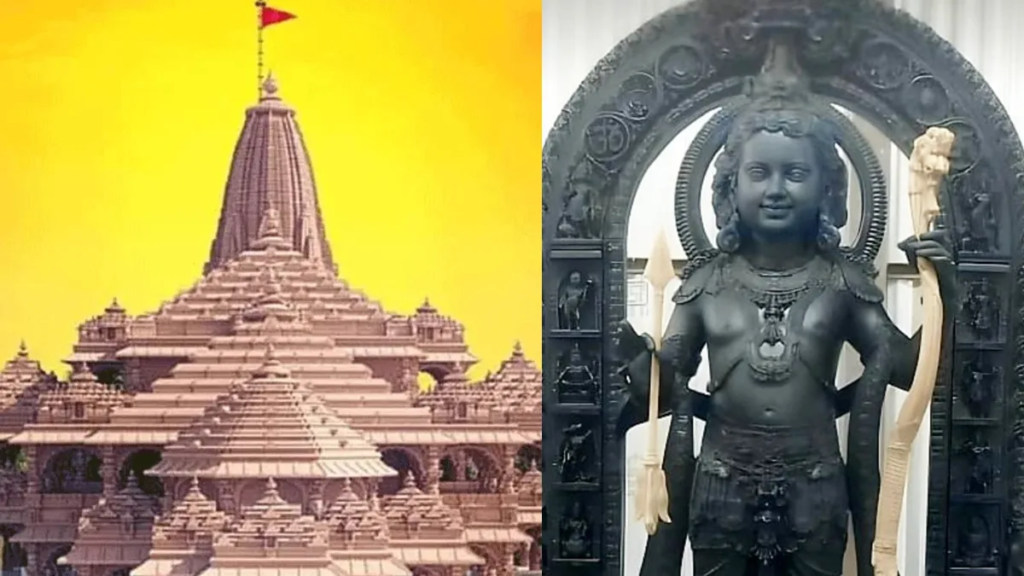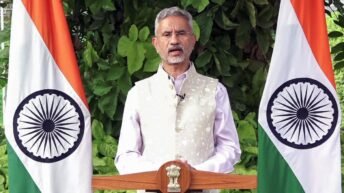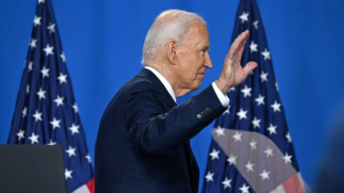|
Listen to article
Getting your Trinity Audio player ready...
|

On 9 November 2019, a five-judge bench of the Apex Court, composed of CJI Ranjan Gogoi, Justice Ashok Bhushan, Justice SA Bobde, Justice DY Chandrachud, and Justice S Abdul Nazeer, delivered the historic verdict in the Ayodhya land case, finally bringing to closure, a 500-year dispute regarding the ownership of a strip of land, held to be the site of the birthplace of Sri Rama. The Hindus believe that a temple dedicated to Sri Rama existed on this site, which was destroyed in 1528 CE by Mir Baki, Babar’s commander-in-chief, who then built a mosque over the ruins of the temple and named it after Babar. Some believe that the mosque was constructed at a later period, under the orders of Aurangzeb. Regardless of the period of construction of the mosque, the dispute was one of ownership of land. Did the land belong to the Hindus who believed it to be the birthplace of Sri Rama, where a temple was destroyed by Muslim invaders? Or was the mosque, which Hindu activists pulled down on 6 December 1992, built on a virgin site?
On the orders of the Allahabad High Court, the Archaeological Survey of India (ASI) excavated the site and submitted its report in August 2003. The report stated that Northern Black Polished Ware (NBPW) was the earliest found on the disputed site at Ayodhya, in the period 1000 BCE – 300 BCE. Certain figurines generally found in temples, dating to the Sunga period (200 BCE – 100 BCE) were also found. Both the Kushan period and the Gupta period (100 CE – 600 CE) and the post-Gupta period up to the tenth century CE also show the occupation of this site. The findings also indicated remains of a large structure, constructed in the eleventh and twelfth centuries, which survived till the sixteenth century CE, giving rise to the view that a temple existed on this site.
The Apex Court, while delivering its judgment, placed weightage on the ASI report among other factors, and gave the entire disputed land of 2.77 acres to the Hindus for the construction of the Ram Mandir. It also ordered that a five-acre plot in another location be allotted to the Muslims for the construction of a mosque, instead of the structure that was pulled down. Based on the Apex Court ruling, a five-acre plot of land in Dhannipur village, about 20 km away, was allotted to the Muslim group, which is being looked after by the Sunni Waqf Board.
With the consecration of Sri Rama’s Murti in the Ram Mandir on 22 January 2024, a contentious chapter in the history of Bharat has come to a close. Or has it? The dispute encompassed faith and religious beliefs, which, despite the passage of time, never wavered in the Hindu mind. When the Mandir was destroyed by Muslim invaders, the mosque which came up in its place was till 1940, called Masjid-i Janmasthan (mosque of the birthplace). The Suryavanshi Thakurs of Saraiasi village of Ayodhya, took a pledge when the Rama Mandir was destroyed, that they would not put on a turban till the Mandir was restored at the original site. This pledge, upheld by successive generations over centuries, finds redemption with the construction of the Rama Mandir. Only now, will this proud community don a turban, marking a testament of faith, rarely seen in the annals of history.
Across the country, there is a renewed enthusiasm, an affirmation of faith in the victory of good over evil, of justice having finally been delivered. For the first time a temple has been reclaimed, using the judicial process from among thousands of sanctuaries destroyed by invaders. The construction of the Ram Mandir in Ayodhya has awakened in the masses, a sense of their history and civilisational ethos, which many historians, both pre and post-independence, sought to erase from the national consciousness. It has brought into focus the peculiar interpretation of secularism by successive governments, whereby the majority community was continuously denied their rights, on the pretext of maintaining communal harmony. The much-misused term – ‘Ganga-Jamuni Tehzeeb’, signifying the fusion of the composite syncretic cultures of Hindus and Muslims, was used to the detriment of the larger Hindu community, which was forced to compromise its interests in what was bandied about as the ‘larger national good’. But do not all communities have the responsibility of maintaining the ‘greater good’, or do sacrifices have to be made by the majority community only? Bharat is secular, not because of its Constitution, but because the majority Hindu population is inherently secular, and acceptance of the faith of another is part of the Hindu ethos. Can the same be said of the proselytizing religions?
On the issue of the Ram Mandir, the Muslim community missed a great opportunity to set right a very great historical wrong. There was no shortage of land in India, for Muslim invaders to build their mosques. That they constructed their mosques over the temples they destroyed, using the material from the temples to build the same, pointed to more than the simple intent of building a place of worship. It was intended to subjugate the local population and impose the conqueror’s will on them.
For a mosque to be constructed over a temple that the invaders have destroyed throws up another set of questions. What God will accept an offering defiled by the destruction of the place of worship of another faith? Is such a place even a house of prayer? Another question pertains to those who construct such structures. To honour your God, will you offer Him tainted goods? Or would you rather make an offering earned with the sweat of your brow on virgin land? This is something that the present generation of Muslims need to consider. What happened in earlier times was not of their doing but they now have an opportunity to set the record straight. This is why, post-independence, this case should have been amicably settled by the Muslim community voluntarily handing over the revered site to the Hindus. But that was not to be. The ‘Ganga-Jamuni Tehzeeb’, was conspicuous by its absence. How different India would have been, had the sensitivities of the majority community been respected.
In his Independence Day speech delivered on 15 August 1947, India’s first Prime Minister spoke of India’s ‘tryst with destiny, where the soul of a nation, long suppressed, finds utterance’. We are witnessing now, another moment in India’s history, a moment of renaissance and rebirth, a moment that represents the rejuvenation of the spirit of its people, a moment where the shackles of the past are being thrust aside as the nation moves forward to take its rightful place in the comity of nations. It is a time for celebrations as well as a time for spiritual awakening. It is a time for shedding the hesitancies of the past and looking confidently to the future. It is also a time to remember the sacrifices of the thousands of men and women, who strived incessantly, against great odds, many of whom even sacrificed their lives in this struggle to make it possible to rebuild the Ram Mandir.
Today, a new era dawns. In the words of one of the seers, the energy that will radiate from Ayodhya will unite the country as never before and herald an era of prosperity that will propel India to great heights of spiritual and material progress. A similar sentiment was also expressed by a young poetess. In her Hindi poem, ‘Hamare Rama’ she writes: ‘Lord Rama has come today, can Rama Rajya be far behind’. In these lines, she encapsulates the mood of the nation.






Add comment